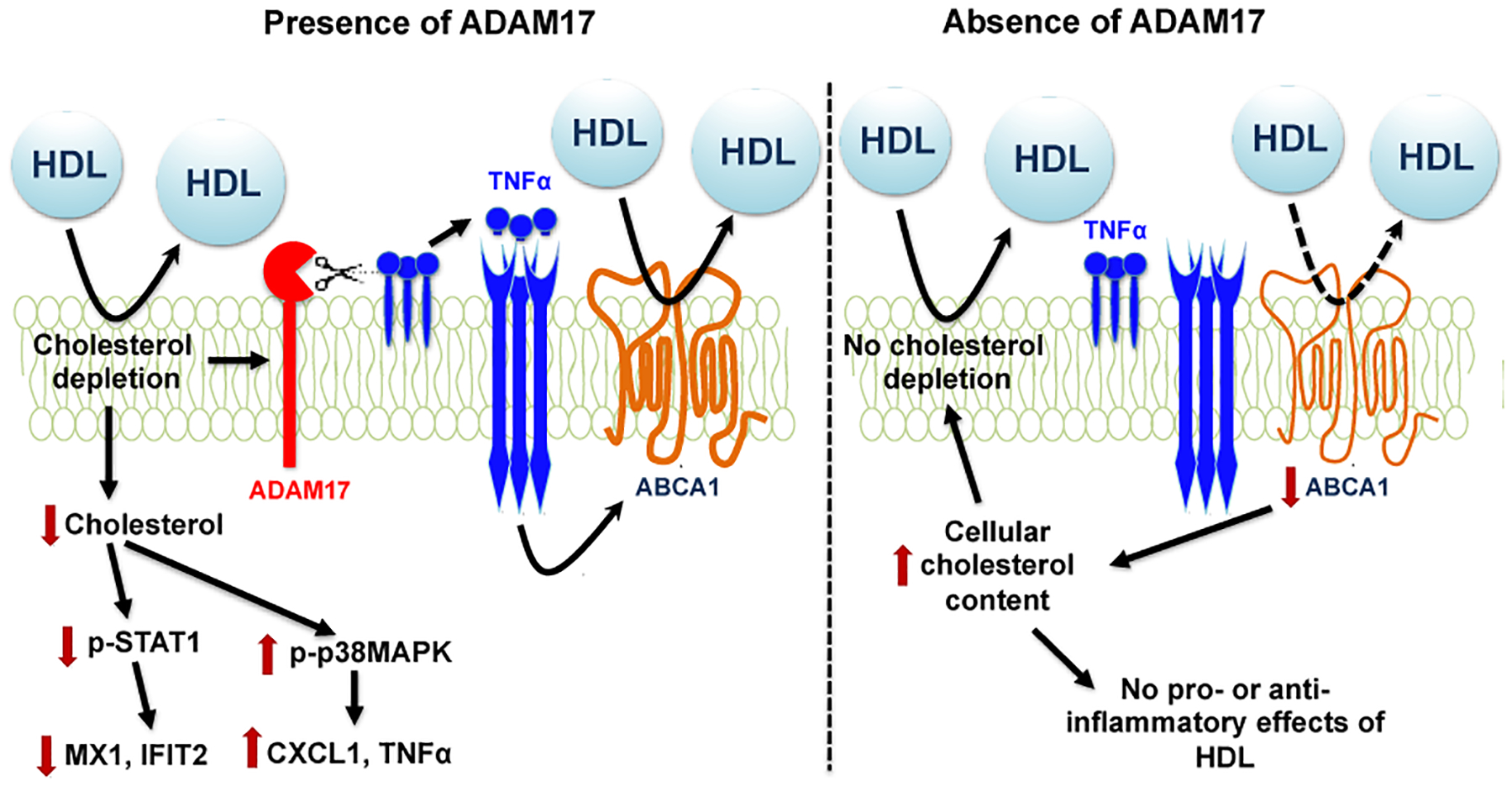Figure 7. Schematic representation of the role of ADAM17 in mediating HDL’s pro-inflammatory and anti-inflammatory effects in macrophages.

Cholesterol depletion in non-lipid-loaded macrophages by HDL increases ADAM17 expression and its activity. ADAM17 supports a lipid depleted status by shedding TNFα, allowing the cell to maintain ABCA1 expression and cholesterol efflux. Cholesterol depletion drives both the pro-inflammatory and anti-inflammatory responses to HDL in the presence of ADAM17 (left) through STAT1 and p38 MAPK signaling. In the absence of ADAM17 (right), HDL’s ability to deplete cellular cholesterol is impaired due to the low levels of bioactive soluble TNFα and ABCA1, which in turn lead to elevated cellular cholesterol. The elevated cholesterol prevents both the pro-inflammatory and anti-inflammatory effects of HDL. In vivo, myeloid cell-targeted ADAM17-deficiency lowers the concentration of large HDL particles in circulation.
